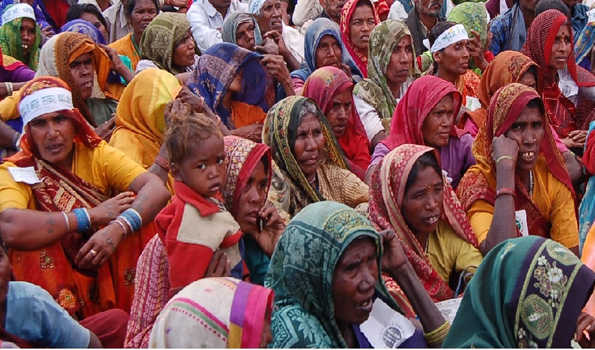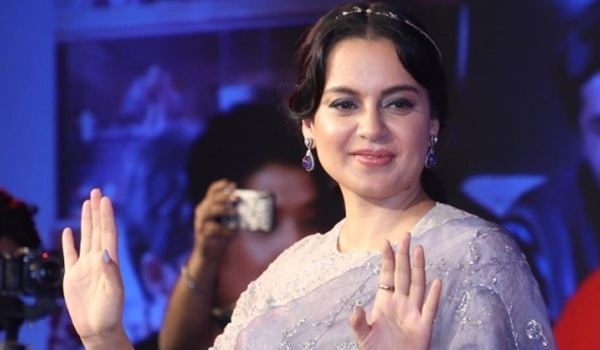Indian women today hold high positions in every walk of life.
In terms of special achievements, from Sucheta Kripalini in UP in 1963 to 1967 to Anandiben Patel in Gujarat in 2014, there have been 15 women chief ministers. The leaders such as Sushma Swaraj and Nirmala Sitharaman have also become country’s first women external affairs and defence ministers respectively.
But in terms of real electorate power, the general trend in the country is male domination. In grand total, there are 46,7004861 male voters as against 43,1689725 female voters.
But election data shows that there are also over half a dozen states such as Andhra Pradesh or Mizoram, where it is the women electorate who outnumber men. So, women ’empowerment’ in terms of numbers can make or mar any government in southern and North Eastern states.
Women voters have outnumbered their counterparts in Andhra Pradesh, Kerala, Tamil Nadu, Puducherry, Goa, Manipur and Mizoram in the 2019 Lok Sabha elections, according to Election Commission data.
In Andhra Pradesh, where N. Chandrababu Naidu is seeking another term and is part of “Maha Gatbandhan” (grand alliance) against the BJP government at the national level, there are 18,604742 women voters as against 18,324588 men.
In another southern state of Kerala, women have left behind men in voters’ list. Kerala has 13,111,189 women voters as against 1,229,743 men, according to data here.
Similarly, women in Tamil Nadu are ahead of their counterparts in terms of numbers. There are 29,860,765 women while the number of men is 29,256,960. Tamil Nadu’s neighbouring union territory Puducherry too has joined the illustrious club with 506,320 females as against 453,153 men voters.
In tourist haven Goa also, there is a similar situation where there are more women voters than men. The 575,135 women voters outnumber 551,597 men in the state.
Like south is the case in two north eastern states, Manipur and Mizoram, women voting power is more significant in terms of numbers and can change the political equations with their votes. The number of women in Manipur are 990,960 as against 939,926 men and in Mizoram, female voters make it to the figure of 402,408 as against 381,991 men. Ironically, Mizoram is often described as a ‘male chauvanist’ society.
In Meghalaya where socially too women have always enjoyed more powers in terms of inheritance law and traditional marriage practices, the number of women voters stand at 956,136 as against 939,926 men. (UNI)



